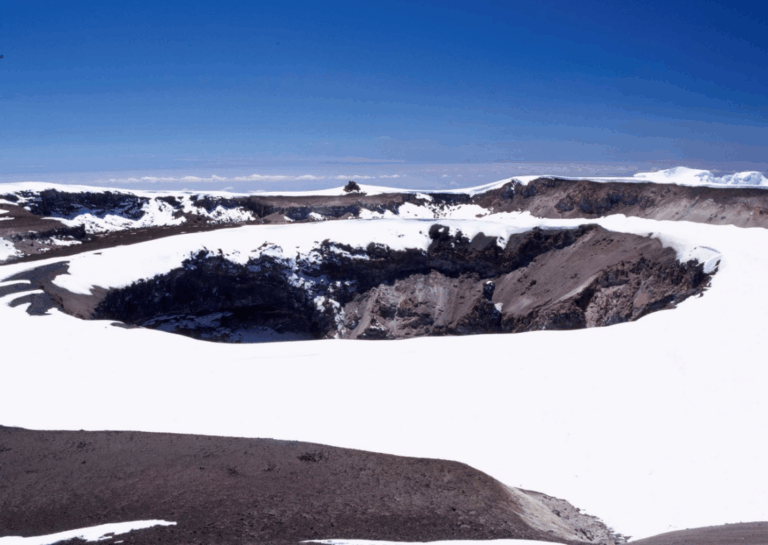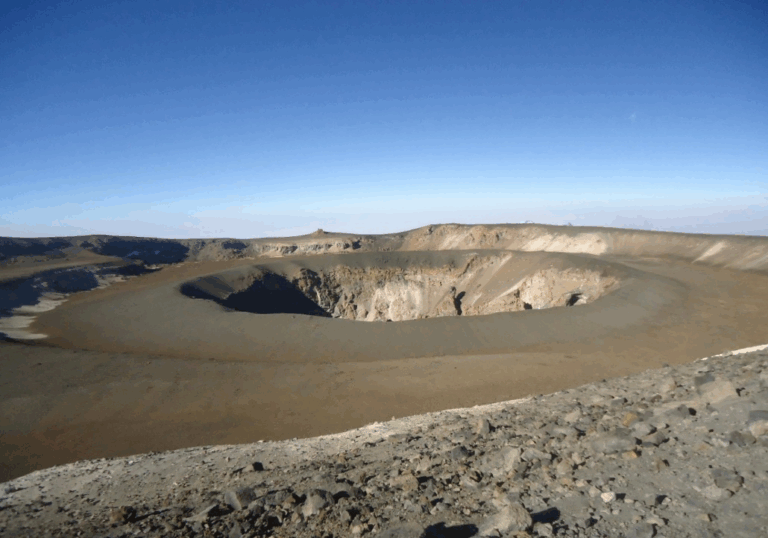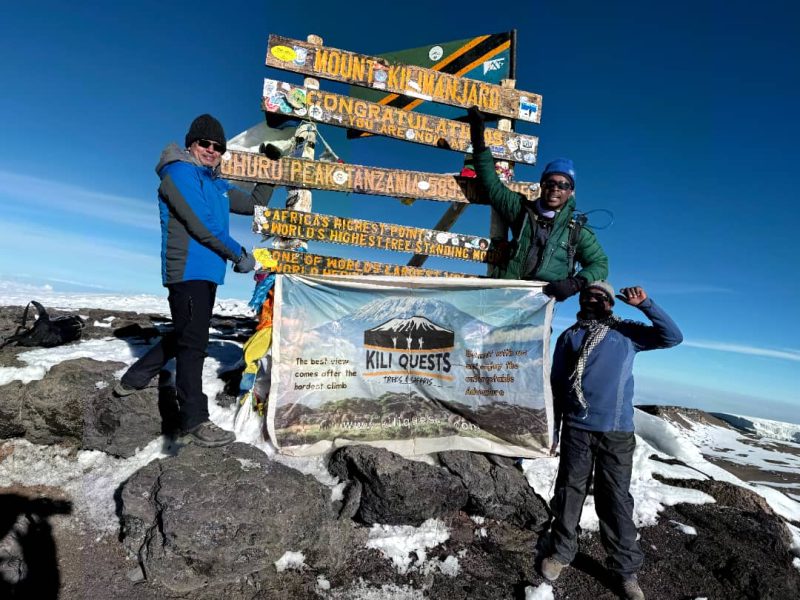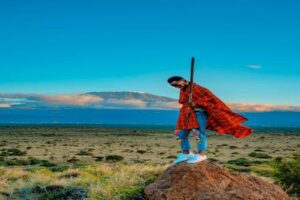Table of Contents
Kilimanjaro’s Volcanic Cones: Kibo, Mawenzi & Shira
Africa’s Towering Volcano
Mount Kilimanjaro is not just a mountain — it’s a massive dormant volcano, and one of the most iconic natural formations in the world. But did you know Kilimanjaro is actually made up of three separate volcanic cones?
These cones — Kibo, Mawenzi, and Shira — each have their own story, shape, and role in forming what we now call Mount Kilimanjaro.
In this article, we’ll explore:
- What each cone is
- How they were formed
- Whether any are still active
- What trekkers can see today
Each volcanic cone supports different ecosystems — explore the five ecological zones here

The Three Cones of Mount Kilimanjaro
Kilimanjaro is a stratovolcano, meaning it was built by multiple layers of lava and ash over time. Here’s a breakdown of each cone:
Kibo – The Highest and Youngest Cone
- Altitude: 5,895 m / 19,341 ft
- Status: Dormant (but not extinct)
- Location: Central cone and summit of Kilimanjaro
Kibo is the tallest and most famous cone — it’s where Uhuru Peak, the highest point in Africa, is located.
It last erupted around 360,000 years ago, but volcanic activity still exists beneath. Scientists have measured gas emissions and geothermal vents near the crater, especially in the Reusch Crater, which trekkers can visit.
Most climbing routes (Lemosho, Machame, Marangu, Rongai, etc.) aim for the summit of Kibo.See how Kilimanjaro’s volcanic history was explored by early mountaineers like Hans Meyer.“


Mawenzi – The Jagged and Technical Cone
- Altitude: 5,149 m / 16,893 ft
- Status: Extinct
- Location: East of Kibo
Mawenzi is the second-highest cone and known for its dramatic, jagged peaks. Unlike Kibo, it’s not climbable for trekkers — only technical climbers with equipment can attempt it due to sharp ridges and steep drops.
Trekkers often camp at Mawenzi Tarn, a stunning alpine lake near the base of Mawenzi on the Rongai Route.

Shira – The Oldest and Eroded Cone
- Altitude: Originally ~4,000 m+, now mostly eroded
- Status: Extinct
- Location: West of Kibo
Shira is the oldest of the three cones and has collapsed over time into a plateau. It’s now known as the Shira Plateau, a beautiful area trekkers pass through on the Shira Route or Lemosho Route.
Although it no longer looks like a cone, it’s an important part of Kilimanjaro’s volcanic history.
How the Cones Formed: Kilimanjaro’s Volcanic Timeline
Scientists believe Kilimanjaro’s formation occurred in three major phases:
Shira Cone (2.5 million years ago)
- Formed first and later collapsed into a caldera
Mawenzi Cone (1 million years ago)
- Rose east of Shira, then became extinct
Kibo Cone (500,000 years ago)
- Formed between the two and is still technically dormant today
Volcanic eruptions shaped the mountain for centuries, and glacial erosion carved the landscape into the shape we see now.Gilman’s Point sits on the crater rim — here’s how it connects to Kilimanjaro’s volcanic shape
Is Kilimanjaro Still Active?
Technically, yes — Kilimanjaro is dormant, not extinct. While there’s been no major eruption for over 360,000 years, signs of activity remain:
- Fumaroles and vents inside Kibo’s crater
- High ground temperatures in some summit areas
- Minor seismic activity monitored by scientists
But don’t worry — Kilimanjaro is considered safe to climb, and geologists monitor the region closely. The summit of Kibo cone is called Uhuru Peak — find out what this name truly means.
What Climbers Can See Today
- Uhuru Peak on Kibo: The famous summit point on the crater rim
- Reusch Crater: At the center of Kibo’s summit, with ash pits and geothermal vents
- Mawenzi Tarn: A remote, stunning alpine camp near the base of Mawenzi
- Shira Plateau: A wide, open volcanic plain with ancient lava flows and panoramic views
Each cone adds a layer of beauty and mystery to the mountain — and makes the trek a walk through volcanic history.

Learn More and Plan Your Trek with Kili Quests
Understanding the geology of Mount Kilimanjaro gives every trekker a deeper appreciation for what lies beneath their feet.At Kili Quests, our expert guides don’t just take you to the summit — they share the rich natural history, geology, and meaning behind every part of the mountain.
Ready to climb across millions of years of volcanic history?
Contact Kili Quests today to plan your Kilimanjaro adventure.
Related Articles

Kilimanjaro’s Ecological Zones & Altitude Guide Explained
April 15, 2025
No Comments
Table of Contents Mount Kilimanjaro’s Ecological Zones Explained | Kili Quests Mount Kilimanjaro is not only Africa’s tallest peak — it’s a vertical world

Mount Kilimanjaro’s Geology: Three Volcanoes in One
April 15, 2025
No Comments
Table of Contents Kilimanjaro’s Volcanic Cones: Kibo, Mawenzi & Shira Africa’s Towering Volcano Mount Kilimanjaro is not just a mountain — it’s a massive

What to Know About Mount Kilimanjaro: Top 10 Insights
April 9, 2025
No Comments
Table of Contents 10 Must-Know Facts About Mount Kilimanjaro | Kili Quests Mount Kilimanjaro isn’t just Africa’s tallest mountain — it’s a natural icon,



